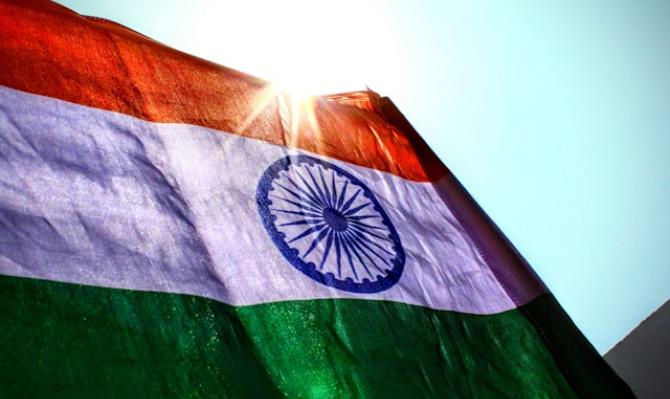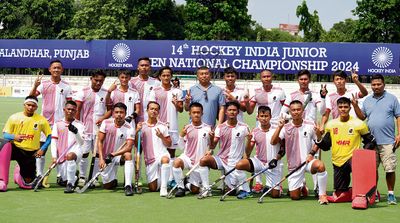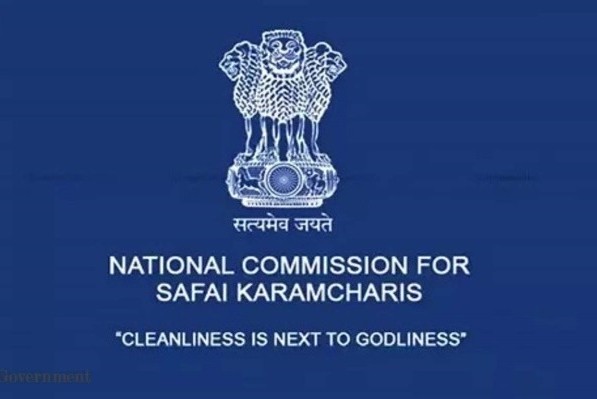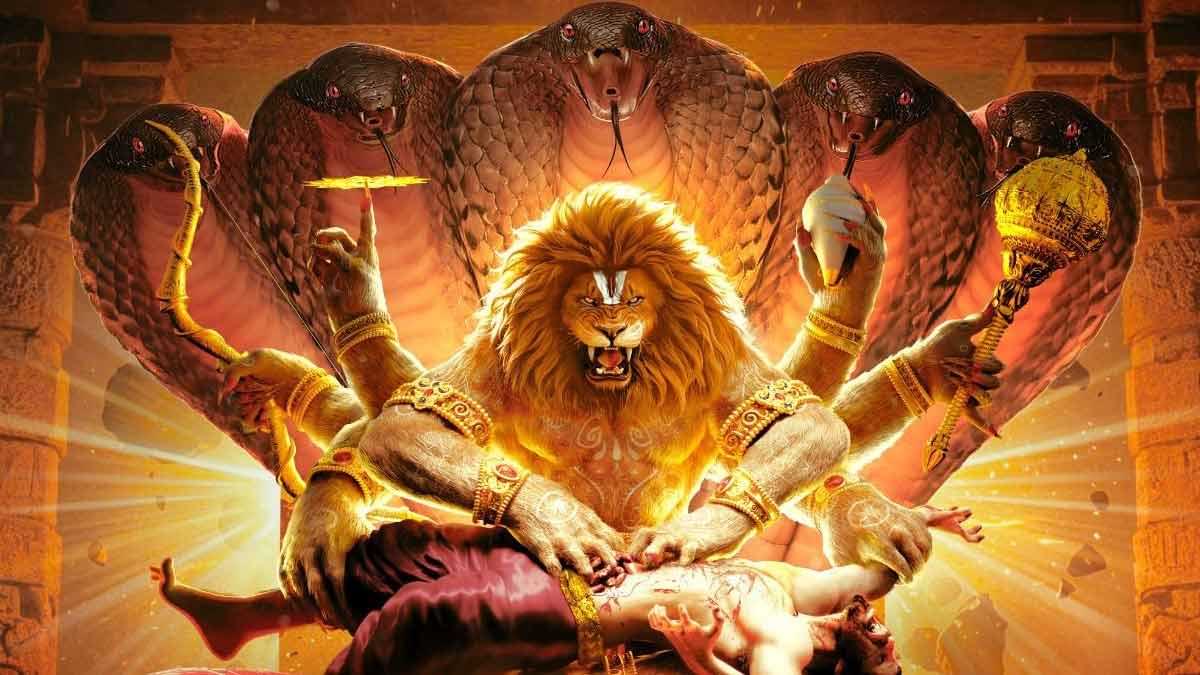 Image Source: CaixaBank Research
Image Source: CaixaBank Research
India’s Rise and the Global Pushback
India’s ascent as a formidable economic and military power is no longer a distant possibility—it’s unfolding in real time. Yet, this rise is being met with resistance from entrenched global powers, echoing the fate of Abhimanyu from the Mahabharata: valiant, capable, but ultimately isolated in the Chakravyuha of geopolitics.
Key highlights from the current landscape:
-
India’s strategic autonomy has led to friction with both Western and Eastern blocs
-
The US and EU are showing signs of decline, while China continues to assert dominance through aggressive industrial policy
-
India’s multi-alignment strategy is misunderstood, often seen as disloyalty by both BRICS and the Anglosphere
-
Recent threats of NATO sanctions over India’s Russia ties underscore the pressure to conform
The Chakravyuha of Global Alliances
India’s position in global forums like BRICS, Quad, and G20 reflects its balancing act. Unlike Cold War-era non-alignment, today’s multi-alignment is pragmatic and interest-driven. India engages with the US for technology and trade, Russia for defense and energy, and even China for electronics—despite border tensions.
-
BRICS members accuse India of being a Western mole, slowing efforts to dethrone the dollar
-
Western allies criticize India for not aligning with their stance on Ukraine and sanctions
-
Sri Lankan media recently portrayed India as a regional bully, while praising China’s economic generosity—despite China’s control over Hambantota port
China’s Shadow and the Regional Narrative War
China’s rise was aided by a focused industrial policy and Western capital chasing low-cost manufacturing. India, by contrast, faces a hostile narrative environment in South Asia, where Chinese propaganda paints it as domineering.
-
China’s territorial disputes with nearly all neighbors contrast with India’s relatively restrained posture
-
ASEAN nations fear Chinese aggression, yet India is portrayed as the destabilizer in regional media
-
Calls for a new SAARC minus India reflect growing isolation in its immediate neighborhood
The US Conundrum and Strategic Disappointments
India’s expectations from the US have often been unmet. While Trump’s rhetoric suggested a pivot away from China, his administration targeted India over trade imbalances and agricultural exports. Biden’s actions in Bangladesh and continued engagement with Pakistan have further strained ties.
-
India’s trade surplus with the US remains modest, yet it faces disproportionate scrutiny
-
Operation Sindoor and post-event diplomacy revealed US tilt toward Pakistan
-
India’s refusal to be a vassal state—neither to China nor the US—has left it squeezed between competing spheres of influence
Isolation as a Badge of Power
India’s current isolation is not a sign of weakness—it’s a testament to its growing clout. As global powers jostle to contain its rise, India’s self-reliance and strategic clarity stand out. Like Abhimanyu, it may be surrounded, but its resolve remains unbroken.
-
India’s military modernization and indigenous defense production are gaining global attention
-
Its refusal to toe any bloc’s line signals a mature foreign policy rooted in national interest
-
The world’s unease with India’s rise is a backhanded compliment—superpowers have no friends, only interests
Closing Insight
Abhimanyu may have fallen in battle, but his side won the war. India’s strategic solitude today mirrors that mythic struggle—not as a tragedy, but as a precursor to triumph. In a world of shifting alliances and contested narratives, India’s path will be forged not by appeasement, but by conviction.
Source: Deccan Herald – July 26, 2025
Advertisement
Advertisement





